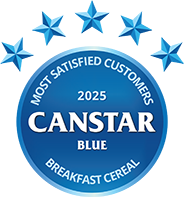Our review compares breakfast cereal brands on customer satisfaction, so you can find out what other Aussies think about the compared brands before you go ahead with a purchase. Think of it as like asking hundreds of your closest mates which breakfast cereal brand they think is best!
Canstar Blue surveyed 1,432 Australians for their feedback on the breakfast cereal brand(s) they’ve purchased and consumed in the last three months.
The winning brand is the one that receives the highest overall satisfaction rating once all the scores from the overall satisfaction criteria are combined and averaged.
Brands must have received at least 30 responses to be included, so not all brands available in the market have been compared in this survey. The brands rated in this survey are listed below in order of best overall satisfaction.
Find more detailed information on our Most Satisfied Customer methodology.
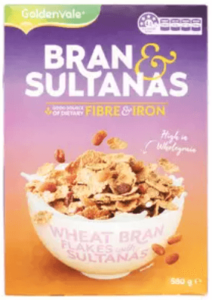
GoldenVale from Aldi supermarkets has a range of cereals, mueslis and granolas available in stores. The brand’s cereal options include bran and sultanas, wheat biscuits, corn flakes and choco rice.

This article was written by Canstar Blue Home & Lifestyle Content Producer, Rachel Bollerman. Rachel graduated with a Bachelor of Communications, majoring in Journalism at the Queensland University of Technology in 2021. She has worked in public relations, marketing and communications roles at Jessica Cotton PR & Marketing and the Institute for Urban Indigenous Health . Gaining experience in broadcast journalism and blog writing, Rachel has also interned at 4ZZZ Community Radio and Fishburners.
When she’s not working, Rachel enjoys doing arts and crafts projects at home, watching true crime and spending time with friends. You can follow Rachel on LinkedIn.

Samantha Howse is Canstar Blue’s Consumer Research Specialist, coordinating the consumer research program behind our customer satisfaction awards across Canstar and Canstar Blue in Australia and New Zealand. Sam has earned a Bachelor of Business (Marketing) from Griffith University and, with seven years in market research and two years in marketing, she is experienced in survey design, implementation and analysis, coupled with an understanding of marketing principles and best practice.
Here are the previous winners from Canstar Blue’s breakfast cereal ratings:
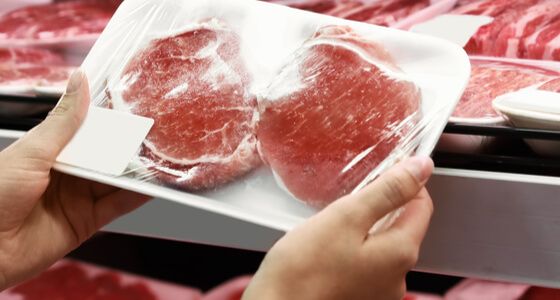
Best-Rated Breakfast Cereal Brand - December 7th
Meat is a costly part of the weekly shop for many Australians. Weighing up cost, cut and type and choosing which supermarket to purchase from can make a real difference when it comes to quality …
– Read more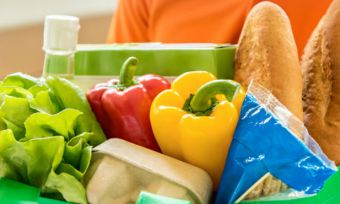
Best-Rated Breakfast Cereal Brand - January 12th
There’s nothing worse than arriving home after a long hard day at work only to be faced with a can of tuna, three limes and a mouldy avocado staring back at you from the fridge. …
– Read more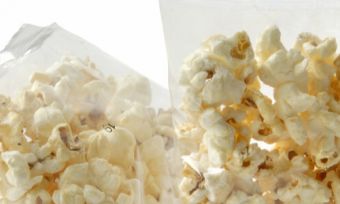
Best-Rated Block Cheese Brand - October 14th
Put those tasteless celery sticks away! We know that choosing snacks to keep hunger pangs AND that extra bulge at bay can be hard, especially if you’re short on time or just looking for a …
– Read more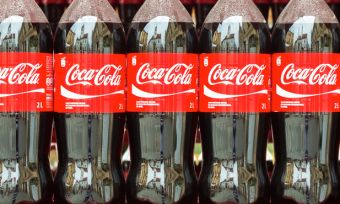
Best-Rated Black Tea Brand - January 10th
Soft drink may not be everyone’s cup of tea, but there are plenty of us who don’t mind a bit of fizz as a way to compliment a meal, or to quench your thirst on …
– Read more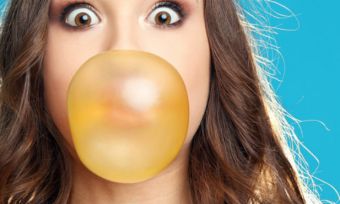
Best-Rated Black Tea Brand - December 5th
A pack of gum can go a long way (or maybe not, depending if you have to share). But while it’s only a small purchase in your grocery shop, or maybe a one-off at the …
– Read more^By clicking on a shop online, compare now, buy online, more details or check latest prices button, you may leave Canstar Blue and be taken to a referral partner to compare. Canstar Blue may be paid for this referral. You agree that Canstar Blue’s terms and conditions apply to this referral. If you click on a brand that is not a referral partner, you will be taken to a brand page on Canstar Blue.
Canstar Blue may earn a fee for referrals from its website tables, and from sponsorship of certain products. Fees payable by product providers for referrals and sponsorship may vary between providers. Generally, sponsorship fees are payable in addition to referral fees. Sponsored products are clearly disclosed as such on website pages. They may appear in a number of areas of the website such as in comparison tables, on hub pages and in articles. Sponsored products may be displayed in a fixed position in a table, regardless of the product's rating, price or other attributes. The table position of a Sponsored product does not indicate any ranking or rating by Canstar. The table position of a Sponsored product does not change when a consumer changes the sort order of the table. For more information please see How Are We Funded. Payment of fees for ads does not influence our Star Ratings or Awards.
*Prices correct as of publication date.
